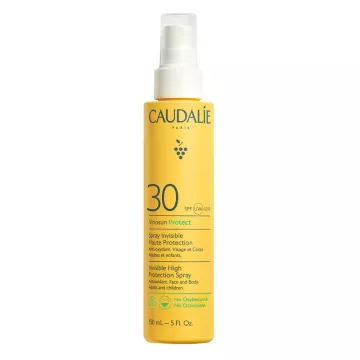
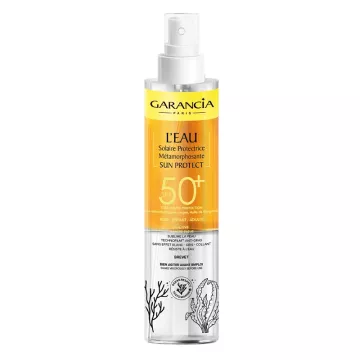

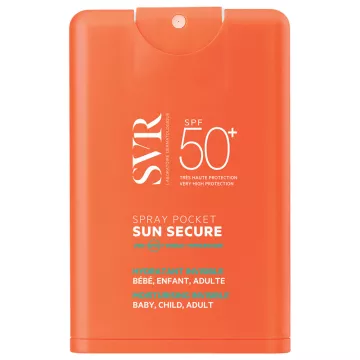
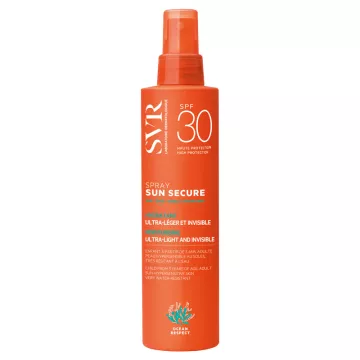
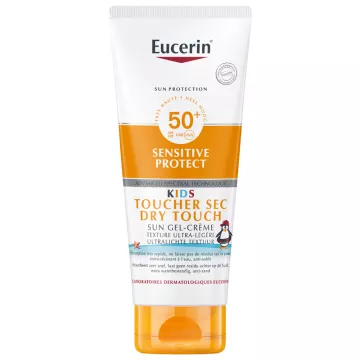

What is UV protection and why is it essential?
UV protection refers to all methods and materials designed to protect skin and eyes from the sun's harmful ultraviolet rays. These rays, particularly UVA and UVB, can cause immediate and long-term damage, such as sunburn, premature aging of the skin, eye damage and increased risk of skin cancer. Using effective protection against these rays is therefore crucial to maintaining good health.
How do UV protection products work?
Products designed to offer UV protection generally act by absorbing, reflecting or dispersing ultraviolet rays. Sun creams, for example, contain organic compounds that absorb UV rays and transform them into a small amount of heat, and inorganic compounds such as zinc oxide or titanium dioxide, which reflect or disperse UV rays. UV protective clothing, on the other hand, is made from special fabrics whose very structure blocks UV rays.
What are the criteria for choosing the right UV protection?
Choosing the right UV protection involves considering several factors:
How to apply sunscreen effectively for maximum protection?
For effective UV protection, sunscreen should be applied generously and evenly to all exposed parts of the skin, around 15 to 30 minutes before exposure to the sun. It's crucial to reapply the product every two hours, after swimming, sweating or towel-drying. Don't neglect areas such as the ears, neck and back of hands.
How important is clothing in UV protection?
Clothing can provide excellent UV protection. Clothing designed specifically to block UV often carries an ultraviolet protection factor (UPI) that indicates its effectiveness. An UPI of 50+ is ideal. Give preference to covering clothing, such as long-sleeved shirts, long pants and wide-brimmed hats.
Are there any specific recommendations for UV eye protection?
UV eye protection is essential. Choose sunglasses that block 99% to 100% of UVA and UVB rays. Sunglasses certified to European Union standards (CE marking) or other recognized organizations guarantee effective protection. Opt for wraparound models that protect the eyes from all angles.
How to assess the effectiveness of fabrics in UV protection?
To assess the effectiveness of fabrics in UV protection, we use the Ultraviolet Protection Index (UPI), which measures a fabric's ability to block UV rays. A high UPI, generally between 30 and 50+, indicates excellent blocking capacity. Certain factors can influence this index, such as fabric density, color, fiber type and chemical treatments applied to the material. For optimum protection, choose fabrics specially designed for sun protection.
Do children require a different type of UV protection from adults?
Yes, as children's skin is thinner and more sensitive than adults', they require a specific type of UV protection. It's advisable to use sunscreens designed for children, which are generally milder and less likely to cause irritation. In addition, make sure their clothing, hats and sunglasses offer adequate UV protection. It's also advisable to limit their direct exposure to the sun, especially during the hours when UV rays are strongest, between 10 a.m. and 4 p.m.
Can make-up be relied upon to provide UV protection?
Some make-up products contain UV protection factors, but they should not be used as the only form of sun protection, as they are generally applied less generously and evenly than sun creams. For effective protection, use sunscreen under your make-up and choose cosmetic products that complement this protection, especially those with an SPF on the label.
What are the risks associated with insufficiently protected UV exposure?
Insufficiently protected UV exposure can lead to multiple health risks, such as severe sunburn, premature aging of the skin, irreversible damage to eyesight, and a significant increase in the risk of developing skin cancers, including melanoma. So it's crucial to take the necessary precautions to protect yourself effectively from UV rays.
How can UV protection help prevent skin aging?
Protection against UV rays is essential to prevent premature skin aging, as UV exposure accelerates the breakdown of collagen and elastin fibers that keep skin firm and elastic. By regularly using UV protection products, such as broad-spectrum sun creams and protective clothing, you can significantly reduce the appearance of wrinkles, age spots and other signs of sun-induced skin aging.